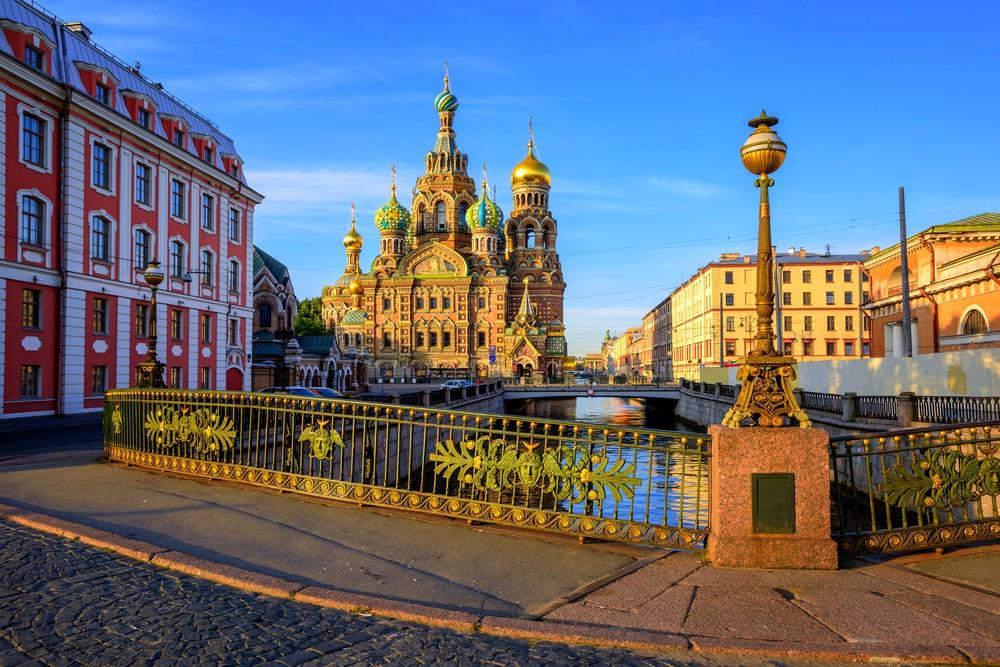It is not only the famous “White Nights” that make St. Petersburg an extraordinary city with a relatively young history. Built by a despotic tsar who wanted to make the city a second Moscow, St. Petersburg is now a UNESCO World Heritage Site with its more than 2300 castles, palaces and magnificent buildings. Even today, the Church of the Resurrection with its colorful onion domes is reminiscent of Moscow’s St. Basil’s Cathedral.
St. Petersburg – Nature and an impressive city culture
St. Petersburg was founded in 1703 on a swampy island in the Neva river delta in the middle of an inaccessible area without paths and roads. The numerous river arms run through the city today and more than 580 bridges give the city of millions a very special flair. The center of St. Petersburg is spread over four larger islands and is connected to each other by many bridges. The land is so flat that the bridges often have to be folded up to allow ships to pass. It is not for nothing that St. Petersburg is also known as the “Venice of the North”. The Neva itself is the outflow of Lake Ladoga and is about 74 km long.
St. Petersburg is the northernmost city in the world and accordingly has to contend with Arctic weather conditions in winter. And even in summer, the daytime temperatures are only +20 °C on average. The world-famous “White Nights” can be experienced for yourself on the summer solstice on June 21 every year. Then it doesn’t get completely dark at night and life goes on at night.

But despite all the adverse circumstances, the city has developed over time into a city worth living in and a destination for holidaymakers from all over the world. The wonderful historic buildings have survived both the Soviet era and the concrete sins of the post-war period unscathed. It is not for nothing that St. Petersburg, with its large number of museums and palaces, is today “Russia’s Capital of Culture” and, with its historic center, one of the most beautiful witnesses of the Tsarist era. Numerous cathedrals, the Peterhof and the Winter Palace of the Tsars with today’s art museum “Hermitage” are among the most popular sights of the city. The former Tsar’s Palace was built in 1754 by the architect Bartolomeo Rastrelli. Today, important works of art are housed in a total of five historic palaces.
Strolling, shopping and marveling in St. Petersburg
The old boulevard of the city is the more than 4.5 km long Nevsky Prospekt with its magnificent buildings and exclusive shops, whereby the Nevsky Prospekt is often compared to the Champs-Élysées in Paris . The stroll along the avenue leads along impressive magnificent buildings of rich aristocrats over numerous bridges from the Alexander Nevsky Monastery to the Admiralty. Within the city center there are also other sights such as the Bolshoi Prospekt and the surroundings of the Tauride Garden. The magnificent buildings were executed by such well-known master builders as Bartolomeo Rastrelli and Carlo Rossi or Giacomo Quarenghi.

The former tsar’s residence outside the city is also a reminder of times long past. About 30 km from St. Petersburg is the palace complex and the former summer residence of the Russian tsars. In addition to the Winter Palace in the center of St. Petersburg, the complex is a UNESCO World Heritage Site and impresses with its churches, halls and the wonderful park.


